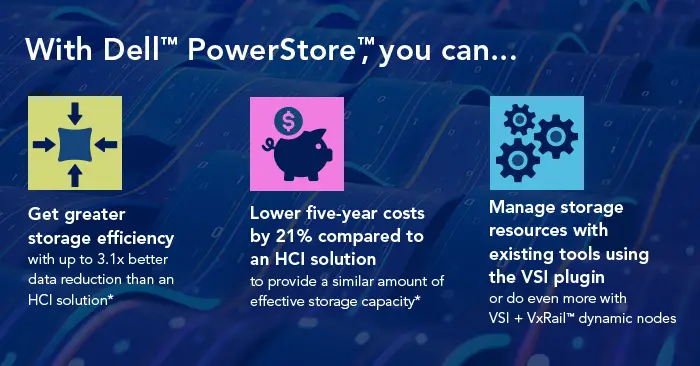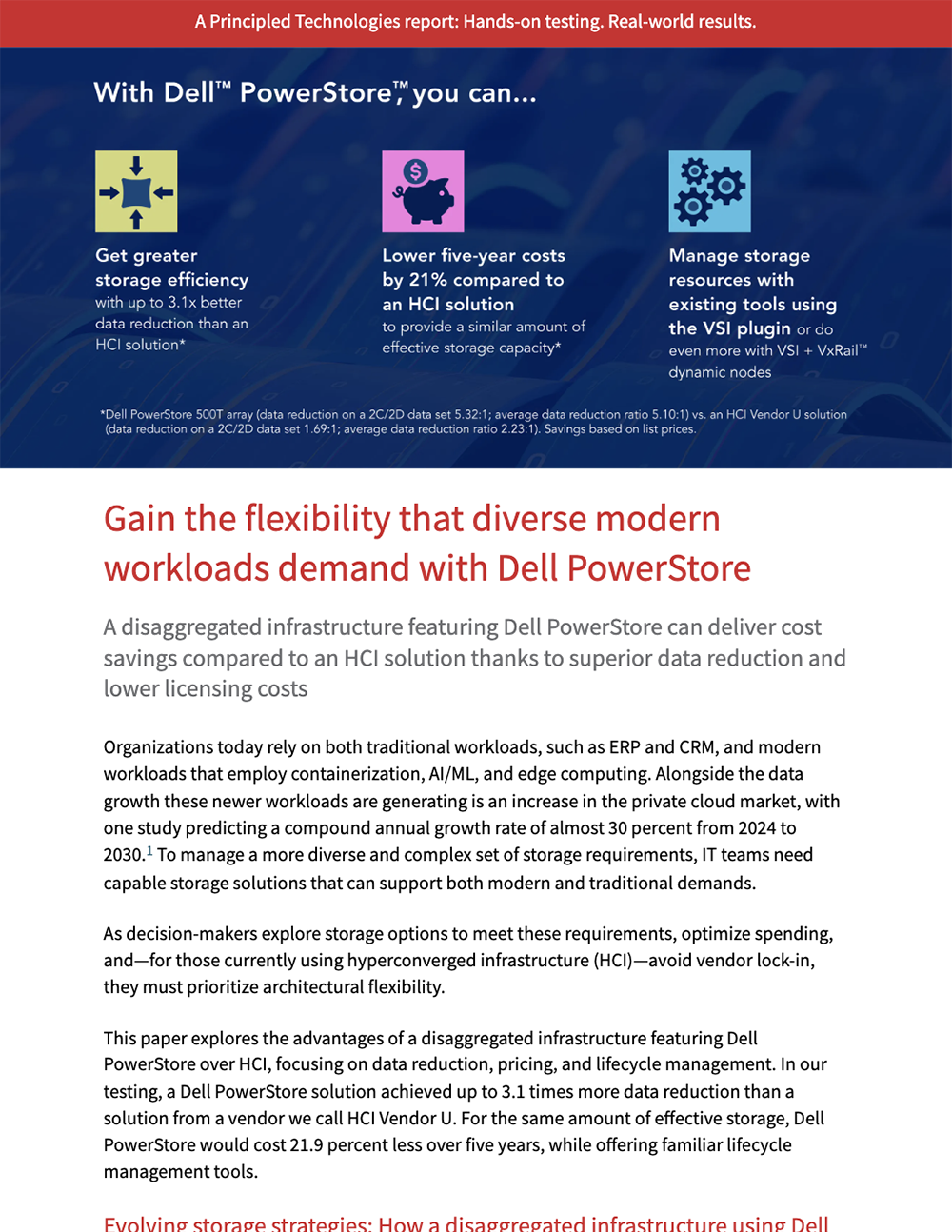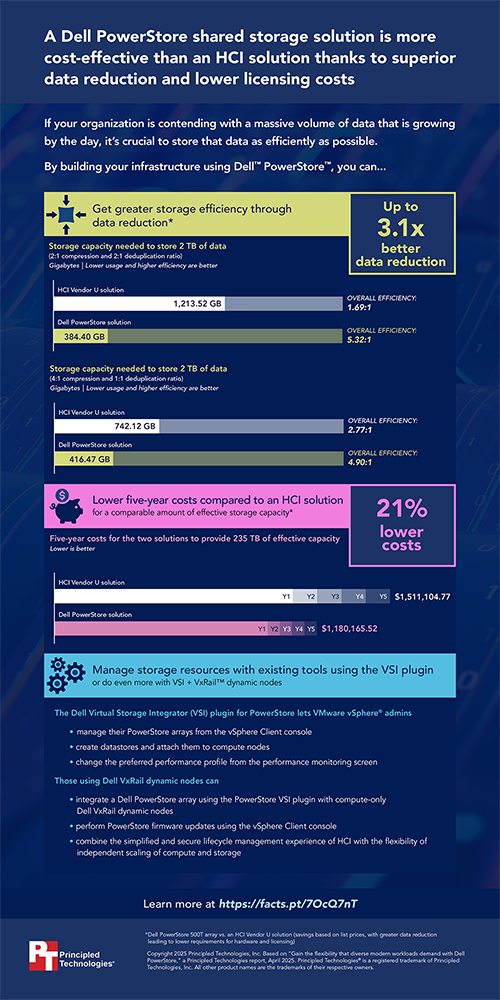
For many organizations, the decision to leverage powerful modern workloads in areas such as AI/ML, business intelligence, predictive analytics, and more can pay off by making it possible to revolutionize the types of products and services they offer and introduce unprecedented levels of efficiency. But many modern workloads both depend upon and generate massive amounts of data. For the IT teams bringing new data-intensive workloads online, it can be a challenge to manage growing storage needs from a wide variety of sources while still supporting legacy workloads without a hitch. There are several possible strategies for dealing with this challenge, including three-tier models, hyperconverged infrastructure (HCI), and disaggregated infrastructure. Each approach will have a different impact on future operations, so it’s important for decision-makers in dynamic environments to understand the potential benefits, complexities, and long-term implications of a storage architecture strategy.
We recently explored the advantages of a disaggregated infrastructure solution featuring Dell PowerStore over those of a competing HCI solution from a vendor we called Vendor U. Our analysis included testing critical areas such as advanced data reduction through compression and deduplication, researching purchase and operating costs, and evaluating lifecycle management and architectural flexibility. We built both solutions with similar capabilities and followed each vendor’s published best practices during setup.
In our tests, the Dell PowerStore solution achieved up to 3.1 times better data reduction than the Vendor U HCI solution. From a financial standpoint, we found that after we accounted for the costs of hardware, software, and basic support, Dell PowerStore would cost 21.9 percent less than the Vendor U HCI over five years—for the same amount of effective storage. In addition to those benefits, the PowerStore solution provides administrators with familiar lifecycle management tools and the ability to avoid vendor lock-in—a potential risk with HCI solutions.
Our results show that with advantages in data reduction, total costs, and manageability, a Dell PowerStore disaggregated infrastructure solution can help businesses efficiently meet the storage management demands of many modern data-intensive workloads.
To learn more about our storage architecture testing and analysis, check out the report and infographic below.
Principled Technologies is more than a name: Those two words power all we do. Our principles are our north star, determining the way we work with you, treat our staff, and run our business. And in every area, technologies drive our business, inspire us to innovate, and remind us that new approaches are always possible.







